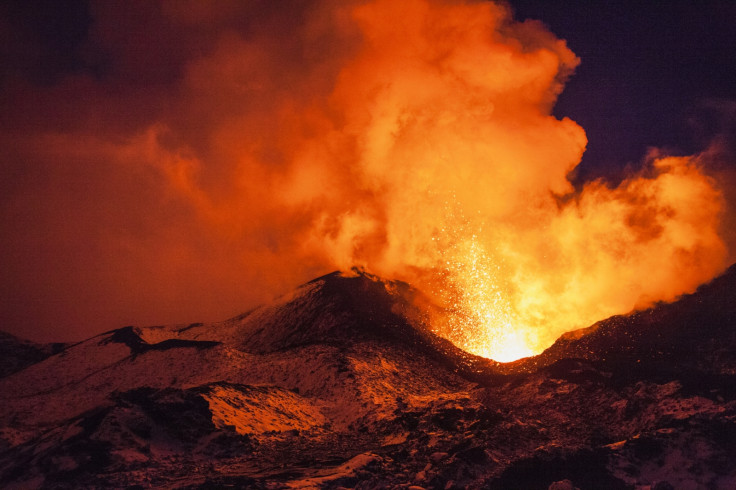We would get just one year's warning before a supervolcano erupted
Quartz crystals from Long Valley caldera reveal how gas powering supereruptions accumulates in just a year.
There would be just one year to prepare for an eruption from a supervolcano, scientists have discovered. Despite taking hundreds of thousands of years to accumulate enough magma for a supereruption, researchers found the final trigger would take place over an extremely short period of time.
Supervolcanoes, such as those found in Yellowstone, Lake Toba and Long Valley, have the potential to cause catastrophic destruction across the whole planet. An eruption could lead to a volcanic winter, where the sulphuric acid released blocks out the Sun's light, causing global temperatures to plummet.
Furthermore, it would blanket huge areas with ash and obliterate everything for hundreds of miles.
There are six active volcanoes on the planet, and none of them are currently thought to be at risk of erupting. The last eruption was 26,500 years ago at New Zealand's Taupo Volcano.
Scientists know that supervolcanoes take many thousands of years to accumulate enough magma to generate an eruption. But what happens just before they blow is not well understood.

Scientists at Vanderbilt University and the University of Chicago have now analysed quartz crystals at California's Long Valley caldera to track several supereruptions that have taken place at the site.
The team was able to work at how fast decompression (which precedes and eruption) took place by looking at how fast the rim of the supervolcano grew. They did this by looking at variations in how much titanium was present in the crystal. Publishing their findings in the journal PLOS One, the team found all supervolcano rims formed less than 100 years before an eruption, with most taking less than one year.

"Maximum rim growth times span from approximately one minute to 35 years, with a median of approximately four days. More than 70%of rim growth times are less than one year, showing that quartz rims have mostly grown in the days to months prior to eruption," the authors wrote.
Guilherme Gualda, one of the study authors, said the decompression period would be noticeable from the surface. He also said any signs of an eruption would probably get more pronounced as an eruption neared.
"The evolution of a giant, supereruption-feeding magma body is characterised by events taking place at a variety of timescales," he said. "Now we have shown that the onset of the process of decompression, which releases the gas bubbles that power the eruption, starts less than a year before eruption."
"As far as we can determine, none of [the world's active supervolcanoes] currently house the type of melt-rich, giant magma body needed to produce a super-eruption. However, they are places where super-eruptions have happened in the past so are more likely to happen in the future."
© Copyright IBTimes 2025. All rights reserved.





















